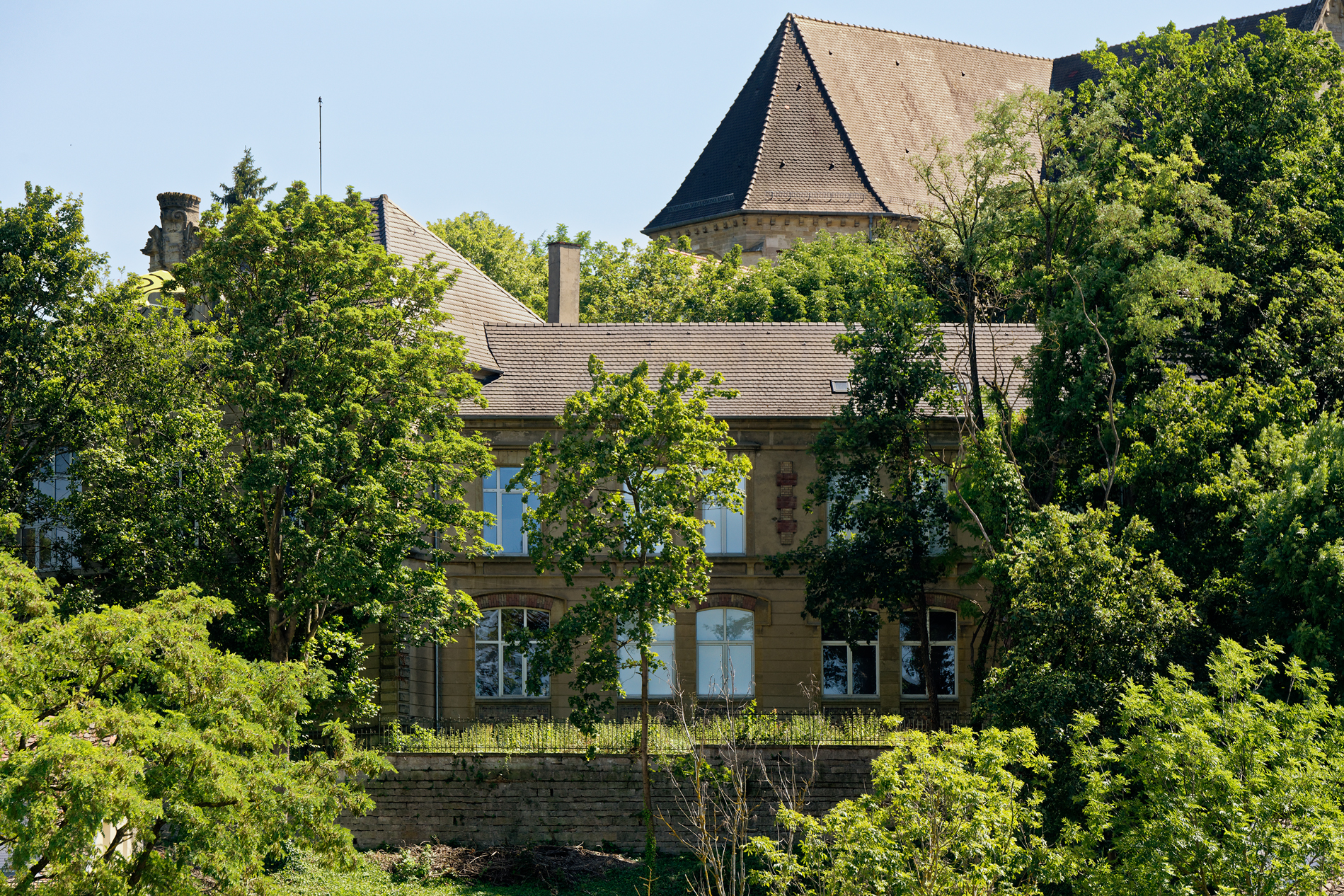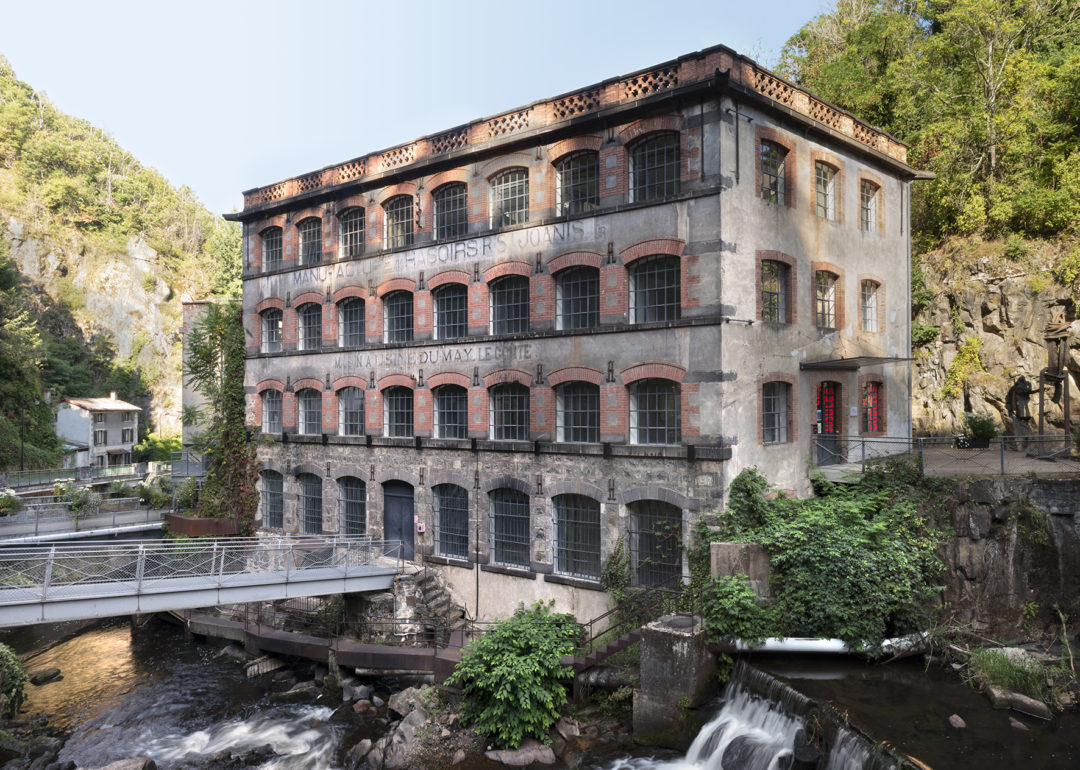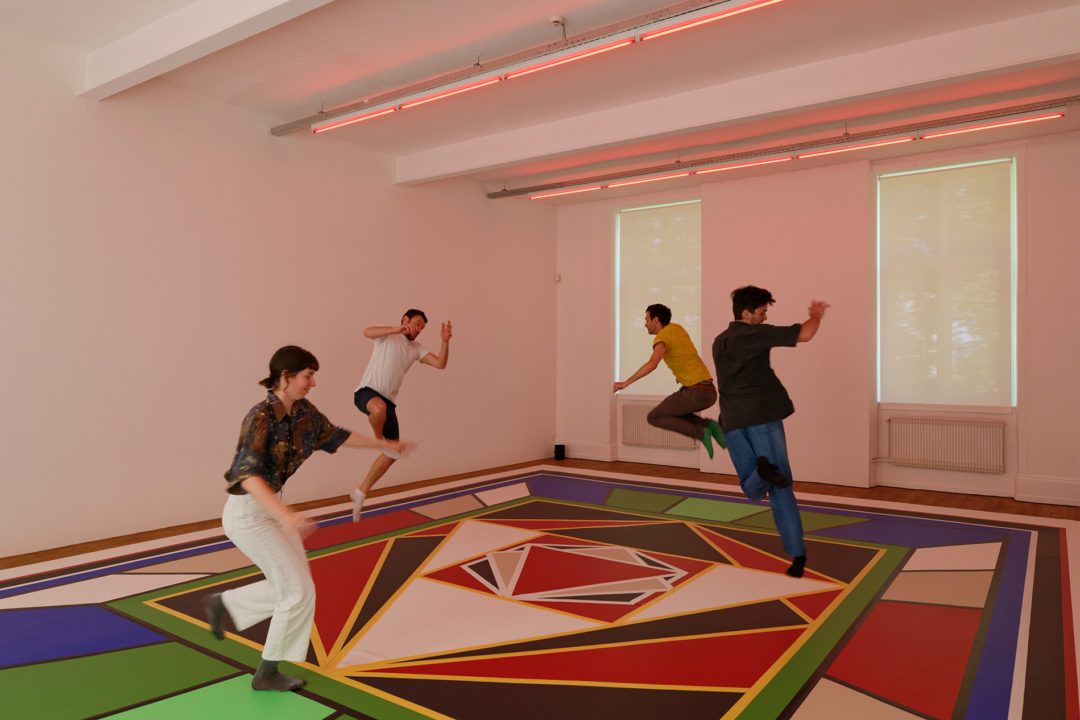Interview with Elfi Turpin

Interview DCA /02
Elfi Turpin, director of the CRAC Alsace, Centre rhénan d’art contemporain (Altkirch) andco-president of DCA/ Vanessa Morisset
At the beginning of October 2022, DCA / French association for the development of contemporary art centres) celebrates its thirtieth anniversary and launches a new website, with a new graphic charter to reflect its identity as it has evolved over time. The association is still too little-known beyond its network, providing great support to the art centres that are members, as well as to those that are not, notably by playing a forward-looking role, open to research and the most topical societal issues.
– Before anything else, please remind us of the missions of d.c.a. and how it works. In particular, on which specific project was the current board appointed?
d.c.a. is an association governed by the French law of 1901. Its general assembly unites all the member art centres, each of which has one vote for any decision submitted for deliberation, such as the election of the board of directors. The current board of directors is made up of six directors of art centres, all of whom work on a voluntary basis. I am co-chair with Garance Chabert, director of the Villa du Parc in Annemasse and Sophie Kaplan, director of La Criée in Rennes. We were elected to work on substantive projects relating to the promotion of the activities of contemporary art centres in France, the logic of cooperation, structuring and the professionalisation of our members. We are acting in the spirit of the charter of good practices adopted by d.c.a. in 2019, which is accompanied by a scale of rate recommendations that is currently being considered for publication in an updated version. Art centres play a key role in the arts ecosystem. We want to say this loud and clear. We are promoting this by encouraging more cooperation on a national and international scale. We are thus committed to building a network of European partners, through the European Art Assembly project, the first edition of which we are organising. Lastly, because the programme strategy of the art centres resonates with aesthetic and societal issues and their developments, we have looked in depth into the creation of their archives.
– Could we also remind you of the different statuses of art centres: accredited centres, associations, municipal cultural facilities, etc.? These details are important to understand the impact on their material conditions of existence.
It is useful to remember that we are a national network of dissemination structures supported by the Ministry of Culture, which is our main partner and with which we are in regular discussion. However, the list of members of d.c.a., an association created in 1992, is not identical to that of the places that have been designated “Centre d’art contemporain d’intérêt national” (Contemporary Art Centre of National Interest) since its creation in 2017, a creation that we have supported. To date, d.c.a. has 51 members, 31 of which have been granted the seal of approval (44 venues have received this designation in France). Among these 51 art centres, 34 are associations under the French law of 1901, 13 are directly managed, 3 have specific statuses (SASU, EPCC, EPA). This is indicative of the diversity of our network. For example, there is not much in common between the operation of the Palais de Tokyo in Paris and the CRAC Alsace in Altkirch in terms of budget, team size and geographical location. But what unites us, starting with the fact that we place artists and the public at the heart of our actions, overrides all these differences.

– This summer, you published a press release (which can be read on the association’s current website) that was presented as an early warning of the threats facing art centres, which implies a very worrying level of seriousness. Was there a specific event that made you decide to write this statement?
The health crisis has compounded the difficulties of some art centres, and anxiety is clearly prevalent among our partners. Even though the art centres are supported with constant resources, inflation and the energy crisis we are experiencing mean that we are working with restricted resources. In most cases, art centres operate with a modest budget that does not permit them to provide remuneration commensurate with the professional skills of teams that work on a tight schedule, with too few staff members to meet the expectations and multiple missions to be fulfilled in the regions. This is a structural factor that affects the entire visual arts sector. In 2019, the publication of the above-mentioned rate recommendation schedule was a significant commitment on the part of our network to ensure that artists are paid systematically, with minima that unfortunately remain insufficient. This overly restricted economy affects us all. To put it another way, and we have seen this during these two years of unprecedented health crisis: although contemporary art centres have shown endless strength in their ability to respond and adapt to extreme situations – with great inventiveness and agility, by listening to artists and audiences – many of them carry out their tasks in very inadequate material conditions, conditions that make them very vulnerable.
– Do you think that this approach by politicians (elected representatives, local authorities, etc.) reflects an increasingly hostile attitude towards art and the work of those involved in the art world in general?
Many art centres were created on the initiative of civil society with dedicated support from local authorities: this link is fundamental. Our centres have been supported for several decades by elected officials who have placed their trust in the teams, and in most cases continue to do so today. Without this support, art centres would not exist. The problem is complex. For example, some elected cultural representatives may be isolated within their communities and find it difficult to advocate for an ambitious cultural policy within their region and, consequently, to protect their budgets. The challenge is to know how to make our voices heard so that the visual arts, and culture in general, are not an adjustable variable in times of crisis.
– However, art centres have existed for many years now, even before the FRACs, and are an essential part of the artistic life of the region, both from the standpoint of production and artists as well as dissemination and audiences…
The oldest contemporary art centres have been in existence for between forty and fifty years, from the Emba/ Galerie Édouard-Manet in Gennevilliers (Île-de-France), a directly managed municipal centre created in 1968, to the Abbaye Saint-André in Meymac (Nouvelle-Aquitaine), an association created in 1979. Unlike the FRACs, the art centres started out decentralised. Originating in the regions themselves, they were from the outset intended to be places of production with artists and the public, focusing on projects that allowed for a great deal of experimentation. More than 1,500 works are produced each year by contemporary art centres in France, in all media and aesthetics. As open laboratories, they are often the first place to access contemporary art, where mediators have been developing innovative ways of bringing together artists, the public and works for decades.
– This year you are organising the first European Assembly of Contemporary Art Centres, in the form of a series of thematic meetings – this year on ways to promote gender equality and recognise diversity in cultural institutions. Is networking with art centres abroad one of the ways to help structures?
The Assembly project was born out of the need to continue the dialogue within European territory, with places such as the Kunsthallen in Norway and the Kunstverein in Germany, whose issues are comparable to those of the French art centres. It is a question of stimulating a budding network by debating, sharing and exchanging on our artistic practices and issues, which includes ongoing reflection on the social and environmental responsibility of cultural institutions. How do we collectively relate art to society?
For this first edition, twenty or so speakers met online to discuss issues of gender inequality and diversity in art institutions. This fascinating and open conversation over several months has allowed us to develop, produce and make available thinking tools that are invaluable for art centres, their teams, artists and, more broadly, professionals. This assembly will find one potential form of conclusion on 28th November in Paris, during a public round table moderated by Géraldine Gourbe.

– Are there any art centres abroad whose initiatives you think are good examples to follow?
There are many of course. For example, within the framework of the European network project, we are in constant contact with Fotogalleriet and the Oslo Kunstforening in Norway, the Casa da Cerca in Portugal, the CA2M Centro de Arte Dos de Mayo in Spain. Our main guiding principle is to promote artistic cooperation, professional mobility, and the attractiveness and mobility of the French artistic scene, and it is in this sense that we have benefited from the support and trust of the Institut Français for several years for this project. There are many co-productions with art centres abroad. Recently, at the CRAC Alsace, we co-organised a solo exhibition by Armando Andrade Tudela with the CA2M. Last year, Lydia Ourahmane’s exhibition at Triangle in Marseille was devised and produced with the Kunsthalle Basel. This winter’s group show at the Ferme du Buisson (Noisiel), dedicated to contemporary sculpture from the French Caribbean and Haiti, was developed with the Hunter East Harlem Gallery and was first presented at the Villa du Parc, etc. There are many examples.
– Can the development of art centres also be achieved through links with independent research collectives?
The art centres welcome and support collectives in a variety of formats, including research and experimental residencies that can lead to exhibitions. For example, the editorial and curatorial platform Qalqalah was invited to present a collective exhibition at the CRAC Occitanie in 2020, which was then shown in 2021 at the Kunsthalle in Mulhouse. The collective Disnovation.org, which in 2020 had an exhibition at 3bisf in Aix-en-Provence following a residency, is currently on view at the Espace multimédia Gantner in Bourogne. I am also thinking of the invitation extended to Bye Bye Binary at the CAC Brétigny from January 2023. More generally, and to return to the concept of the collective, I am always impressed at our general assemblies and professional days bringing together the teams of art centres with the wealth and plurality of artistic visions, expertise and knowledge, and with the forward-looking and supportive spirit of our members. And it is this collective intelligence which, in my opinion, is the source of the strength and relevance of the DCA network.
Head image: View of CRAC Alsace, 2019. Photo : Aurélien Mole.
- From the issue: 102
- Share: ,
- By the same author: Anne-Claire Duprat, Interview with Céline Kopp , Théo-Mario Coppola,
Related articles
Céline Poulin
by Andréanne Béguin
Émilie Brout & Maxime Marion
by Ingrid Luquet-Gad
Interview with Warren Neidich
by Yves Citton

